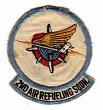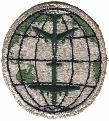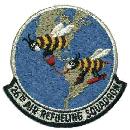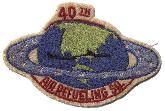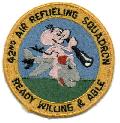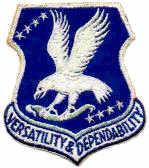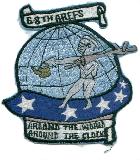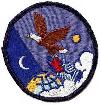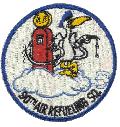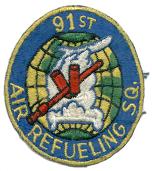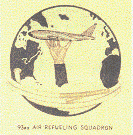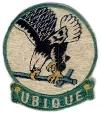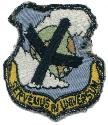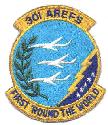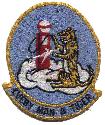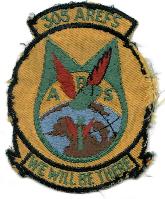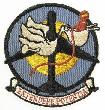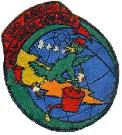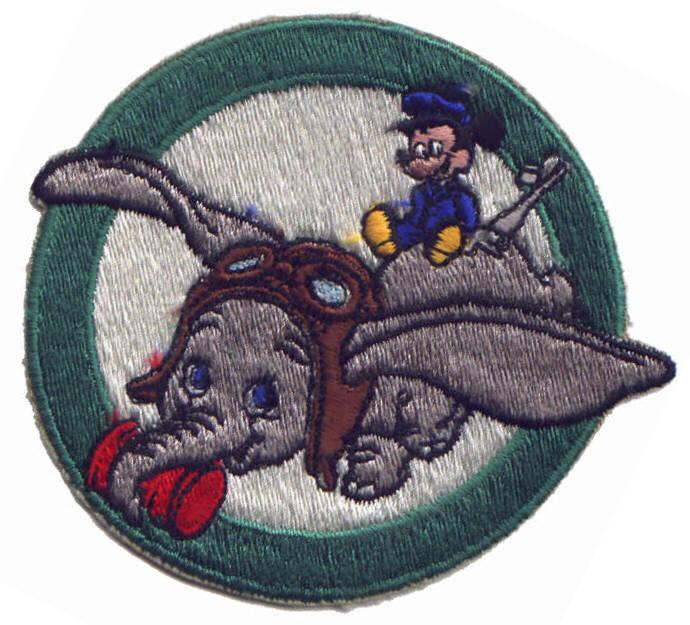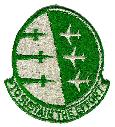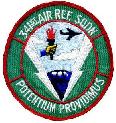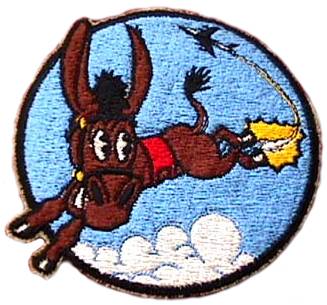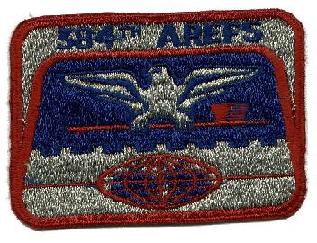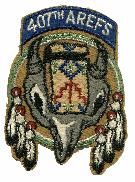LAST UPDATE: 305th AREFS 15 Feb 09
E-Mail me at [email protected]
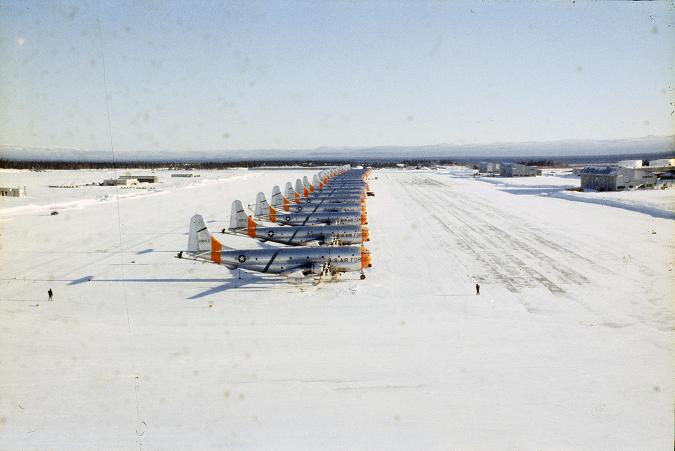
KC-97�s are basically C-97A�s Stratofreighters with air refueling equipment added. C-97s were designed at the end of World War II and were ordered by the Air Force in 1948. A total of 875 Stratofreighters were purchased by the Air Force in a turbulent new time for the world, the beginning of the Cold War.
The KB-29s from World War II could not keep up with the new generation of B-50 and B-47 Bombers, nor could they offload much fuel. The Air Force tested the suitability of the new C-97A�s as refuelers and liked what they saw. Three C-97A�s, 49-2591, 2592 and 2596 were converted to KC-97A�s using the new flying boom system. The Air Force ordered 60 KC-97�s in December of 1950. They were designated KC-97E because the C-97D proceeded it off the assembly line.
The KC-97E featured a stronger cargo floor, more modern instrumentation, and better communication equipment than the KC-97A. In addition, four huge fuel tanks, holding a total of 7,200 gallons, were fitted in the upper cargo area. Two tanks forward of the wing spar and two aft. This allowed access to the over wing hatches. They were large round cylinders with piping running out of the tops and bottoms interconnecting each to a main pipe, which ran to the air-refueling boom. There was a catwalk between the huge tanks to raise one�s self above the tank radius so you could get through to the boom pod. It was difficult to traverse between the huge tanks. In the case of a bailout, it was understood amongst crews that the Aircraft Commander would keep the aircraft steady until everyone bailed safely. The lower deck was fitted with troop seats for passengers. No tanks were downstairs. Cargo could not be loaded in the lower deck.
�On the E and F model the four tanks completely took up all the space in the upper deck. There was a catwalk between the huge tanks to raise one above the tank radius so you could get through. It was really awesome to see those dang tanks for the first time. Talk about a big bomb?�
The KC-97E, with a maximum gross weight of 175,000 pounds, could be switched to a cargo configuration by removing the upper deck tanks, and by replacing the in-flight refueling pod with a set of cargo doors.
The first engine upgrade since the YC-97A replaced the 4360-35A engines with 3500 hp R-4360-35Cs.
�We flew KB-29Ps until the fall of 1953 when we converted to KC-97s. After a few months we received from McDill AFB a few E and F model KC's. (The E was a sickly thing that had engines that were plagued with spark plug fouling). At the time the 2nd was getting started, Lockbourne AFB had already gotten underway with their operation (91st ARS). After about a year, the 2nd sent a seed cadre to McDill to train the troops there on how to be Boom Operators."
-Jim Marshall, 2nd AREFS Boom Operator
KC-97E�s began to be delivered to SAC just eight months after the contract was awarded. The initial KC-97E, costing $1,261,357, flew on June 13, 1951, and was delivered to the 306th Air Refueling Squadron at McDill AFB, Florida on July 14, 1951. The following March, the new KC-97s refueled a B-47 Stratojet on a nonstop 12,000 mile mission, providing a graphic demonstration of SAC�s growing intercontinental attack capability.
The success of the KC-97E led to Boeing�s development of two more models. In April 1952 the corporation announced the KC-97F. Featuring improved engines and instrumentation, 159 F-Models came off Boeing�s Renton, Washington assembly line. But the biggest contract came in mid-1953, when the Air Force purchased the KC-97G. The �G offered much improved flexibility: 700-gallon capacity drop tank was added beneath each wing; the upper deck tanks of the �E and �F, used for air refueling, were moved into the lower fuselage, so the �G was immediately usable as a cargo aircraft. The �G model soon became the major production version of the KC-97. A total of 592 Gs were built before the KC-135 replaced it on the Renton assembly line in 1956.

